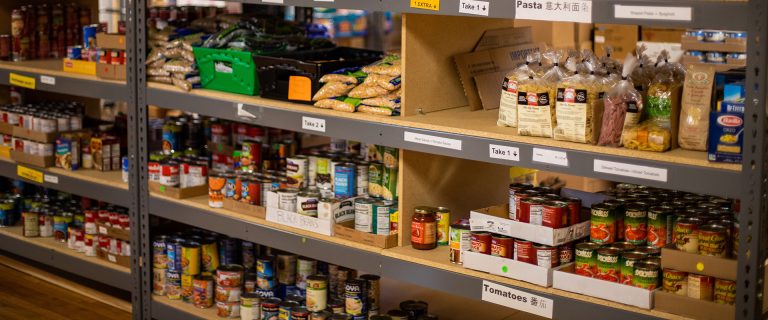Blogs
Food Safety Tips (FIFO System Food Rotate)

Many jobs involve handling high quantities of food – such as catering, retail, or manufacturing. Staff who work for these types of businesses should be able to properly rotate stock to help boost workplace efficiency and ensure food safety, which is why using a FIFO storage system is so beneficial.
What is a FIFO Food Storage System?
First-In First-Out (FIFO) is a stock rotation system used for food storage. You put items with the soonest best before or use-by dates at the front and place items with the furthest dates at the back. By using a FIFO food storage system, you ensure that food with the nearest best before or use-by dates are used or sold first. FIFO maximises freshness and minimises waste.
Benefits of FIFO Food Storage
It’s easy to forget why a process as simple as FIFO is important. But it’s necessary for maintaining a high standard of food hygiene and financial security.
- Reduced wastage – your business will be more eco-friendly and waste less money.
- Safer food storage – FIFO ensures better food hygiene standards.
- Helps comply with HACCP – and therefore with food safety law.
- Customer satisfaction – food is easier to navigate and always good quality.
- Easier to reduce products near their end-date – therefore more sales and less waste.
- Efficient workflow – particularly in commercial kitchens; chefs can locate food with ease.

The FIFO Procedure
Using a FIFO food storage system is simple and efficient, and ensures staff know exactly what is going in and out at all times. It ensures older products are used or bought before newer ones, which helps minimise costly wastage.
The FIFO procedure follows 5 simple steps:



1.
Locate products with the soonest best before or use-by dates.
2.
Remove items that are past these dates or are damaged.
3.
Place items with the soonest dates at the front.


4.
Stock new items behind the front stock; those with the latest dates should be at the back.
5.
Use or sell stock at the front first.

